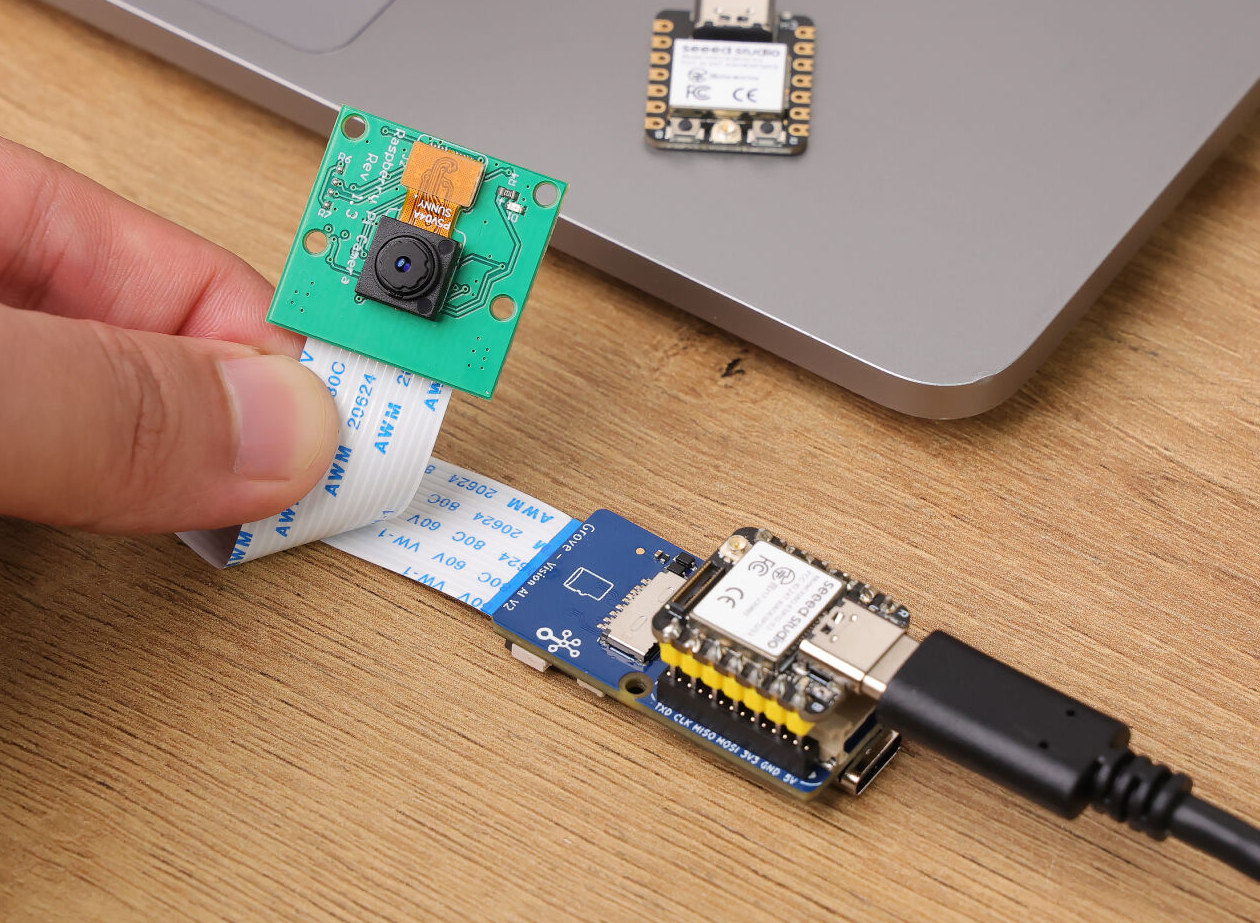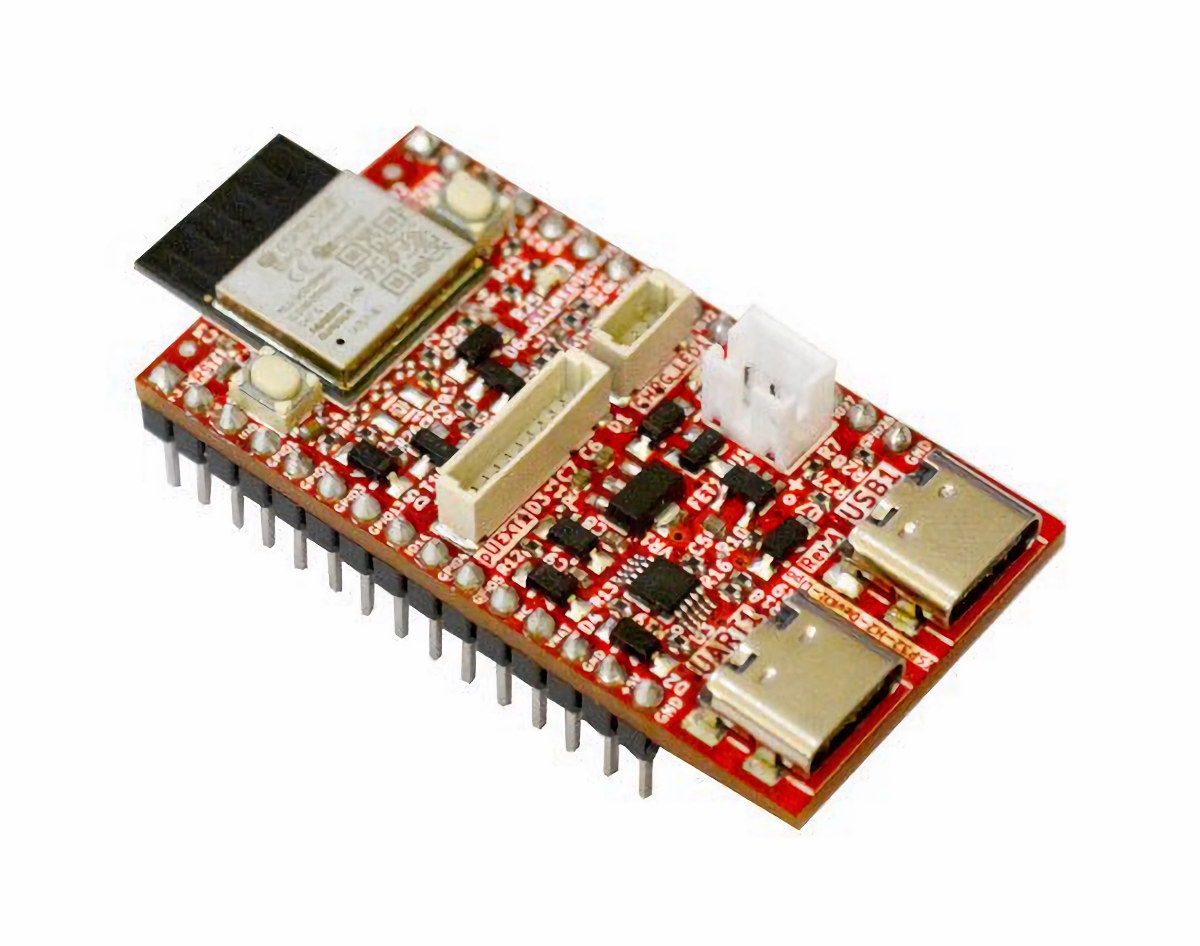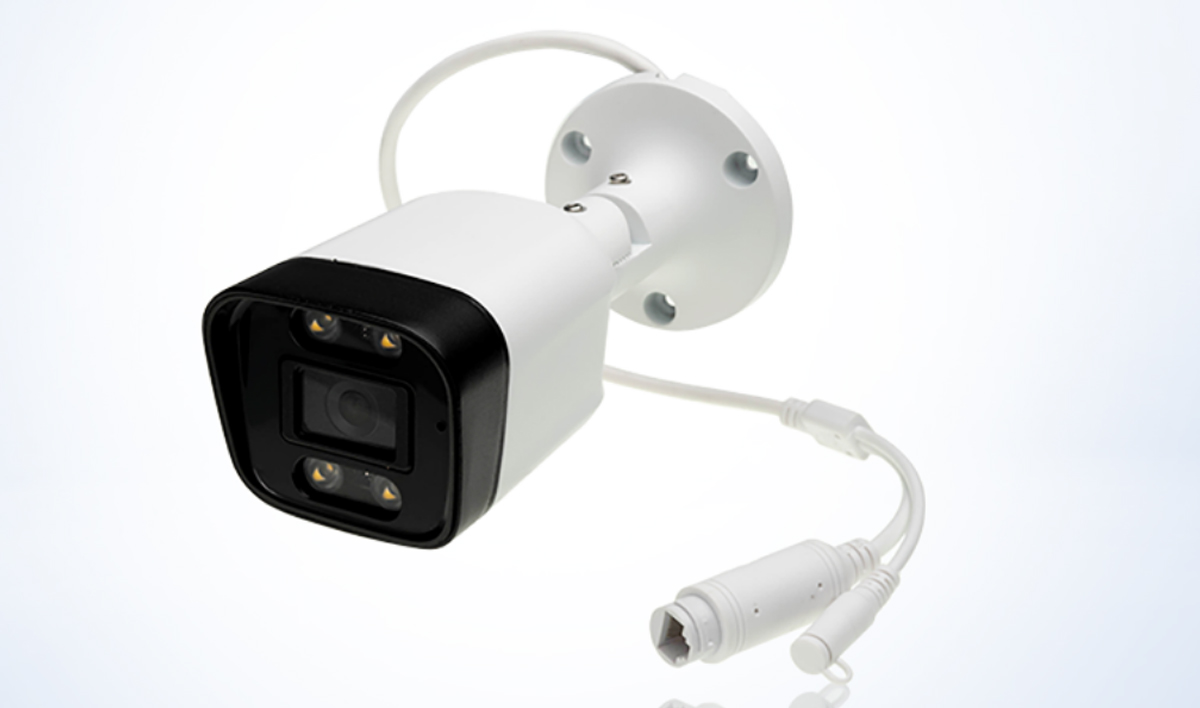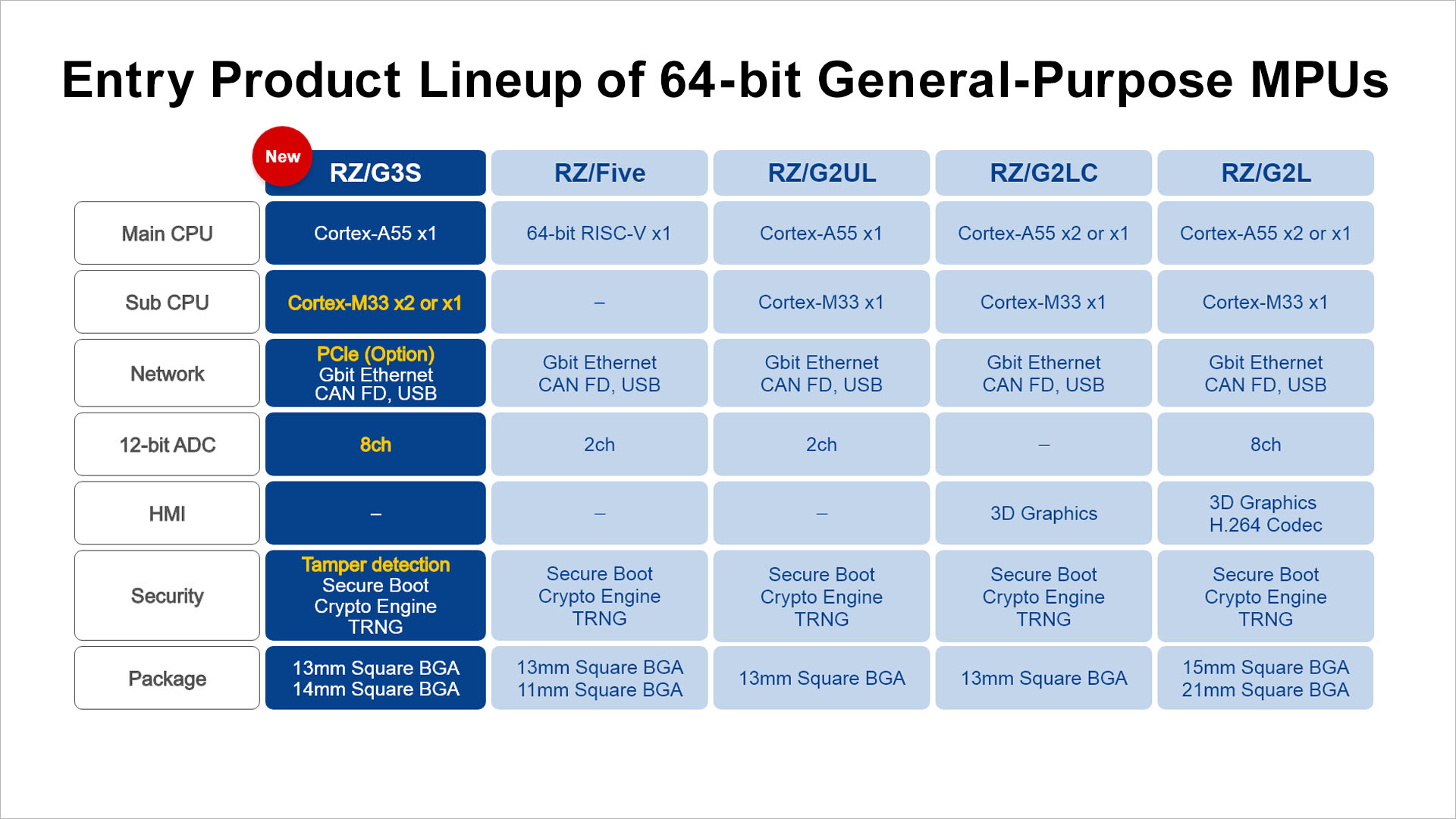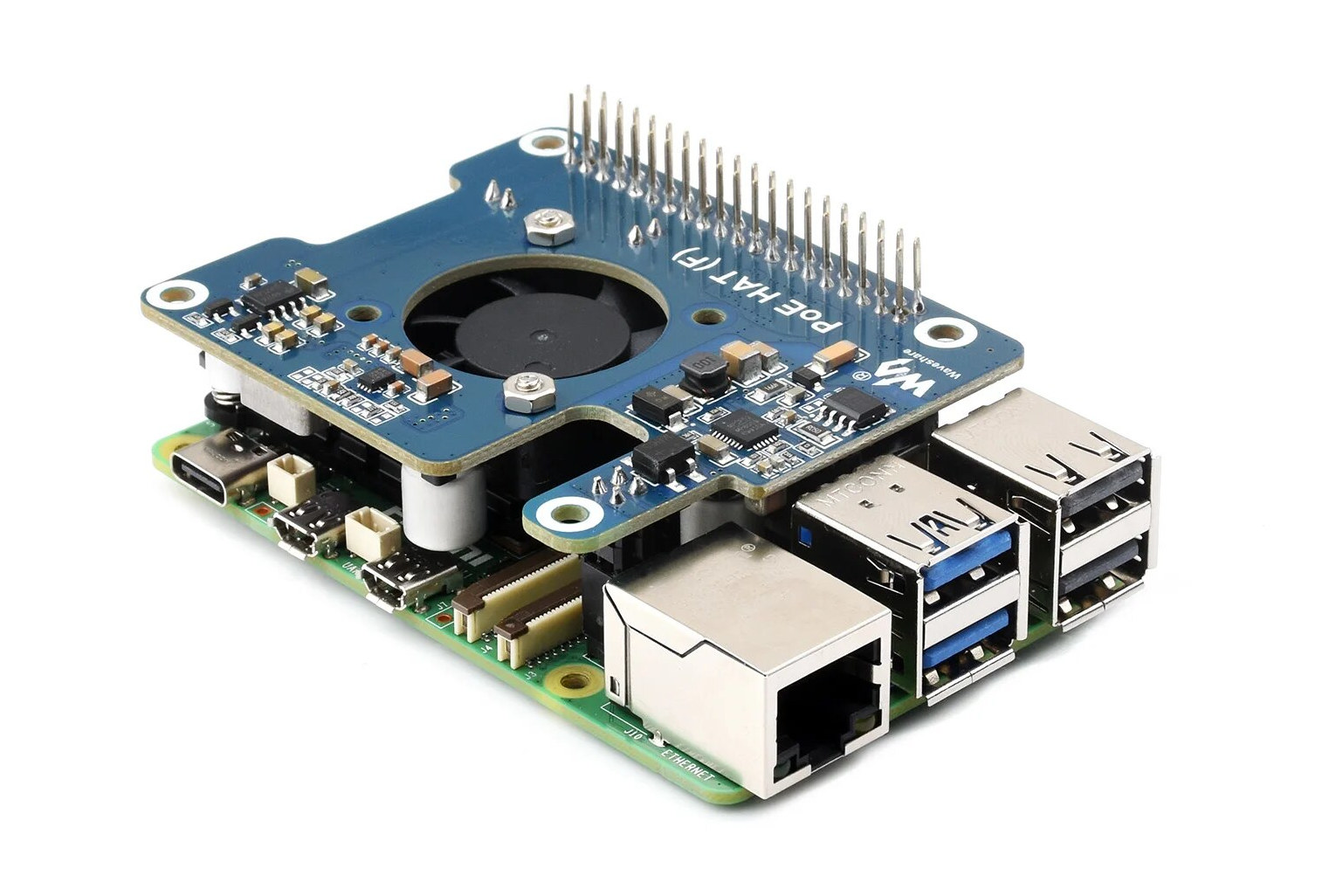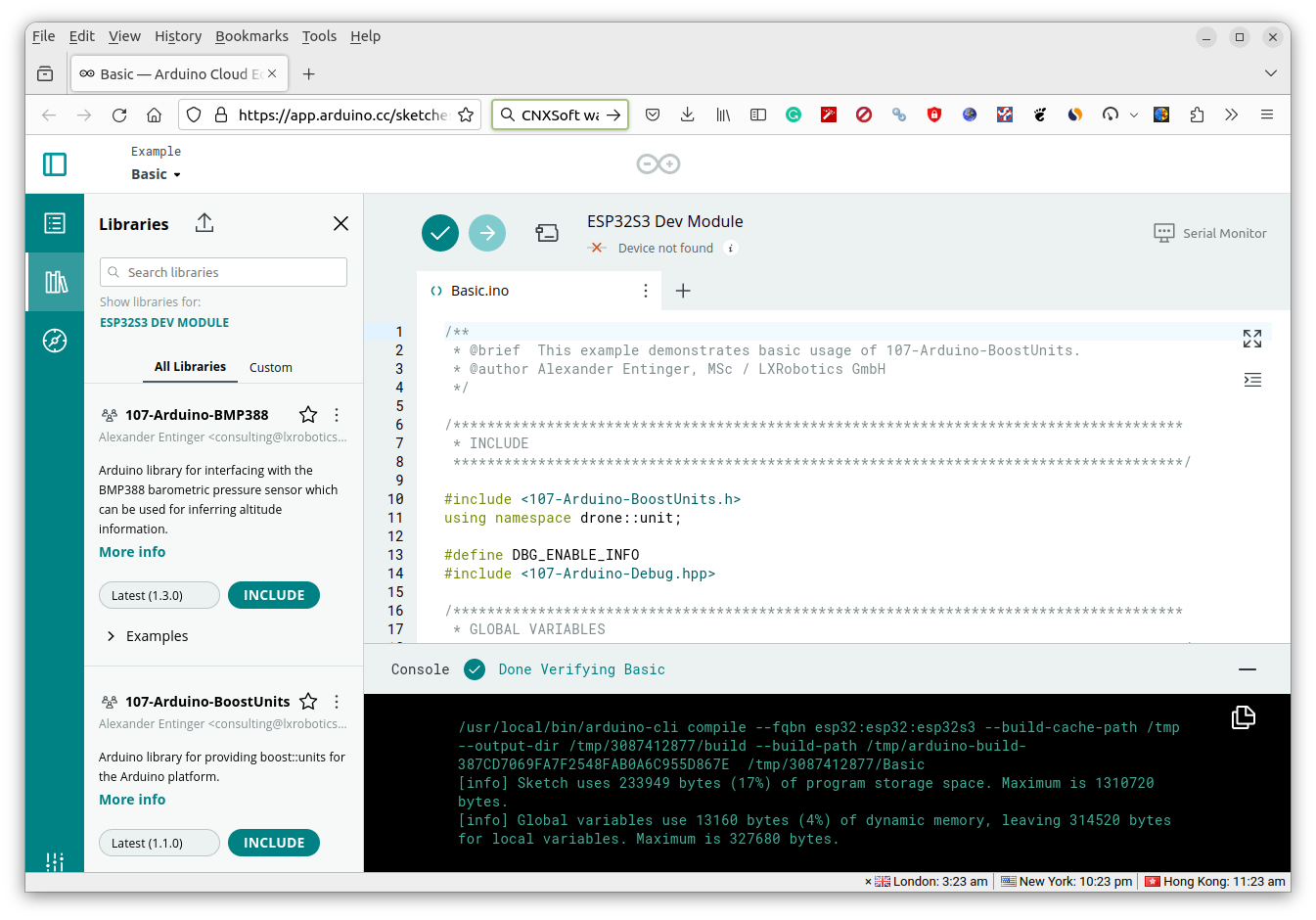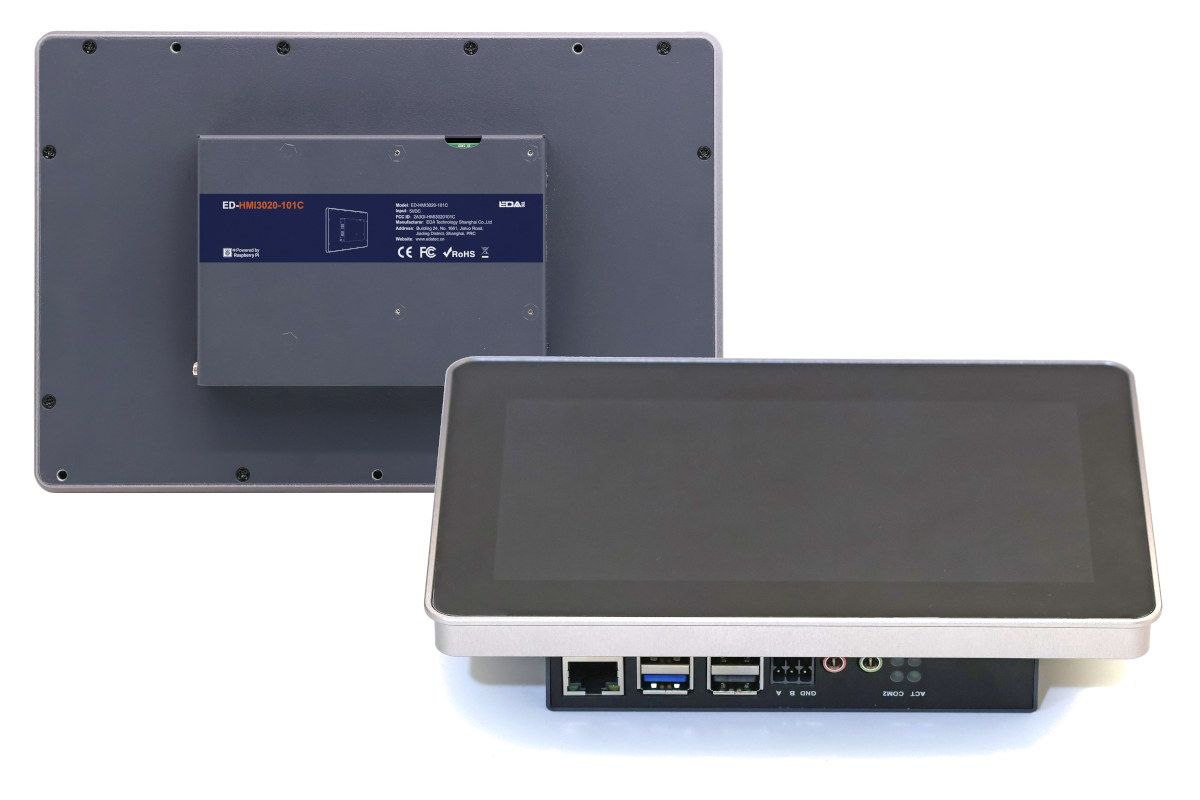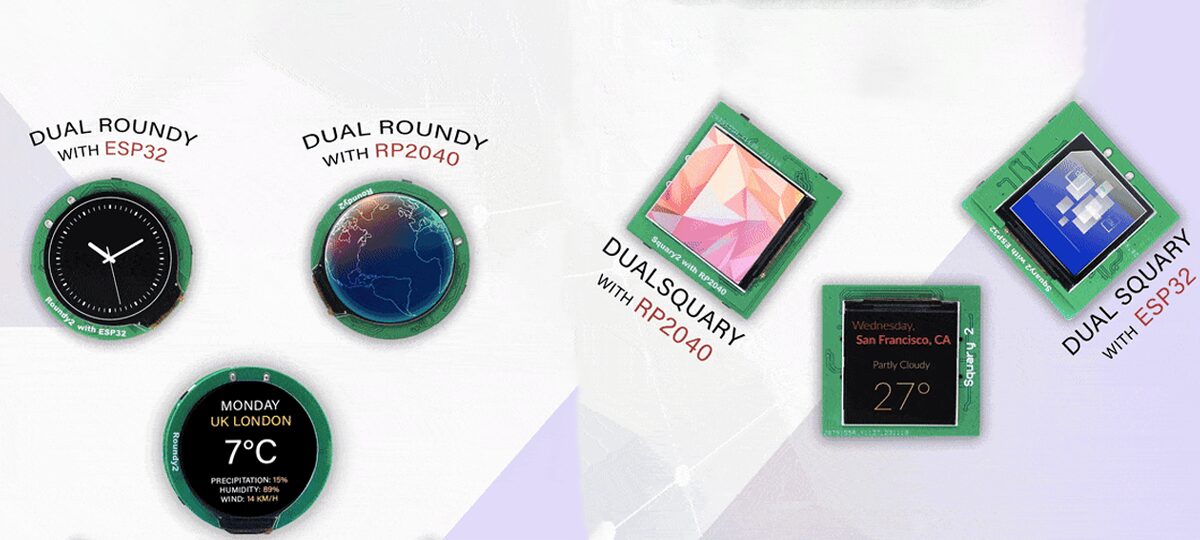Seeed Studio’s Grove Vision AI V2 module is based on the HiMax WiseEye2 HX6538 dual-core Cortex-M55 AI microcontroller with an Arm Ethos-U55 microNPU and features a MIPI CSI connector for an OV5647 camera. It is designed for AI computer vision applications using TensorFlow and PyTorch frameworks and connects to hosts such as Raspberry Pi SBCs, ESP32 IoT boards, Arduino, and other maker boards over I2C. We tested the previous generation Grove Vision AI module based on the 400 MHz HX6537-A DSP-based AI accelerator using the SenseCAP K1100 sensor prototype kit with LoRaWAN connectivity, and managed to have the kit perform face detection and send the data over LoRaWAN. The Grove Vision AI V2 builds on that but with a modern Arm MCU core and more powerful AI accelerator that can run models such as Mobilenet V1/V2, Efficientnet-lite, and Yolo v5 & v8 using the SenseCraft low-code/no-code platform. Grove Vision AI […]
8 Euros ESP32-H2-DevKit-LiPo is an open-source hardware Bluetooth 5 LE and 802.15.4 (Zigbee/Thread/Matter) board
Olimex ESP32-H2-DevKit-LiPo is an open-source hardware board based on ESP32-H2-MINI-1-N4 wireless module with Bluetooth 5 Low Energy (LE) and an 802.15.4 radio for Zigbee, Thread, and Matter connectivity, and that can be powered by a LiPo battery. The ESP32-H2 RISC-V microcontroller is coupled with 4MB flash in the wireless module, and the board comes with two rows of 15 pins for up to 19 GPIOs with alternate functions such as ADC, SPI, UART, I2C, etc… plus pUEXT and Qwiic/Stemma connectors for expansion modules. The board also features two USB-C ports, one for connected directly to the ESP32-H2 and the other for USB to UART programming/debugging. ESP32-H2-DevKit-LiPo specifications: Wireless module – ESP32-H2-MINI-1-N4 MCU – Espressif Systems ESP32-H2 32-bit RISC-V microcontroller at up to 96 MHz with 320 KB SRAM, 128 KB ROM, 4 KB LP memory, Bluetooth 5.2 LE/Mesh and 802.15.4 (Zigbee/Thread/Matter) radios. Storage – 4MB flash storage PCB antenna Dimensions […]
Firefly CT36L AI Smart Camera Features Rockchip RV1106G2 with 0.5 TOPS NPU, 100Mbps Ethernet with PoE support
Firefly CT36L AI Smart Camera (PoE) features a Rockchip RV1106G2 CPU with 0.5 TOPS NPU, a 5-megapixel ISP, and a 3-megapixel HD lens. It supports 100Mbps Ethernet with PoE and includes advanced image enhancements like HDR, WDR, and noise reduction, all while maintaining low power consumption and high image integration. We’ve previously explored various AI cameras such as Tokay Lite, EDATEC ED-AIC2020, ThinkCore TC-RV1126, Orbbec Persee+, M5Stack UnitV2 among others. Feel free to check them out for more information. Firefly CT36L AI Smart Camera (PoE) specifications: CPU – Rockchip RV1106G2 Arm Cortex-A7 @ 1.2GHz, with Neon and FPU NPU – 0.5 TOPS, supports INT4/INT8/INT16, TensorFlow/MXNet/PyTorch/Caffe/Onnx NN ISP – 5MP high-performance, HDR, WDR, 3DNR, 2DNR, sharpening, defogging, fisheye and gamma correction, feature detection VPU – 3072×1728 (5M) @ 30fps H.265/H.264 encoding, 16M@60FPS JPEG snapshot RAM – 128MB DDR3 built-in Storage – 16MB SPI Flash built-in Camera specifications: Type – Color Camera Image Sensor – SC3336 CMOS Size […]
Renesas RZ/G3S is a 64-bit Arm Cortex-A55/M33 microprocessor with low power consumption and enhanced peripherals
Renesas RZ/G3S 64-bit Arm Cortex-A55 microprocessor (MPU) designed for IoT edge and gateway devices consumes as little as 10µW in standby mode thanks to its Cortex-M33 core(s) and features a PCIe interface for high-speed data transfers with 5G wireless modules. A single-core ARM Cortex-A55 CPU powers the RZ/G3s and can distribute workloads to two sub-CPUs, boosting efficiency in task handling and resulting in fewer components and a smaller system size. The Cortex-A55 core operates at 1.1GHz and is designed to improve power efficiency and performance over its predecessor, the Cortex-A53. The RZ/G3S isn’t Renasas’ first Cortex-A55 product as they have previously released the RZ/A3UL and the RZ/G2L, both powered by the same Cortex-A55 CPU. Additionally, Renesas launched the 64-bit RISC-V RZ/Five processor late last year. The RZ/G3S boasts high-speed interfaces such as PCIe and GbE, a better standby mode, and improved security features which make it suitable for IoT applications […]
Raspberry Pi 5 gets a PoE HAT+ kit that doubles as a cooling solution
Waveshare PoE HAT(F) is an 802.3af/at-compliant 24W Power-over-Ethernet (PoE) HAT+ board designed for the Raspberry Pi 5 that also cools the SBC with its embedded fan, a heatsink, and two thermal pads. The Chinese company has beaten Raspberry Pi to it as the UK company is working on releasing the L-shaped 25W “PoE+ HAT(+) for Raspberry Pi 5” a little later. The existing official Raspberry Pi PoE+ HAT delivers up to 25.5 Watts which would be enough to power the Pi 5, but since the PoE header has been moved to another location, it’s not compatible anymore, so new solutions are needed such as the Waveshare PoE HAT(F). Waveshare PoE HAT(F) specifications: Supported SBC – Raspberry Pi 5 only Connected via 40-pin Raspberry Pi GPIO header and 4-pin PoE header PoE (Power Over Ethernet) IEEE 802.3af/at-compliant Input voltage – 37V-57V DC input Output 2-pin header – 12V/2A max GPIO header […]
Arduino Cloud Editor update brings the classic Arduino IDE experience to your web browser
Arduino has updated the Arduino Cloud Editor – which started as Arduino Create several years ago – to bring the web-based code editor closer to the appearance and functionalities of the “classic” Arduino 2.0 IDE. Arduino says the Cloud Editor simplifies the getting started process without having to go through the setups or maintenance required by the Arduino IDE installed on your computer and you can access your sketches easily from the cloud wherever you are. Considering the Arduino Cloud Editor has been around for a few years what has changed exactly? First, the Cloud Editor and the Arduino IDE now have a unified design (sort of), although the way the company frames it is a bit abstract: Traditionally, Arduino Cloud had two separate editors: an embedded simple one and the full editor. Users have long awaited a unified editor that gets the best of each one. The new Cloud […]
Raspberry Pi 5 industrial HMI displays gain M.2 NVMe SSD, RS232/RS485 interfaces, audio input/output jacks
EDATEC ED-HMI3020 is a family of Raspberry Pi 5-based industrial HMI displays that build upon the earlier ED-HMI3010 panel PCs by adding an M.2 socket for NVMe SSD, RS232 and RS485 interfaces, as well as 3.5mm audio input and output jacks. The new models are still offered with either a 7-inch (1024×600) or 10.1-inch (1200×800) touchscreen display, a Raspberry Pi 5 with 4GB or 8GB RAM with all main ports (HDMI, Ethernet, USB) accessible externally, and support for an optional 8MP front-facing camera. ED-HMI3020 specifications with differences again ED-HMI3010 highlighted in bold or strikethrough: SoC – Broadcom BCM2712 CPU – Quad-core Arm Cortex-A76 processor @ 2.4 GHz with crypto extensions, 512KB per-core L2 caches, 2MB shared L3 cache GPU – VideoCore VII GPU @ 800 MHz with support for OpenGL ES 3.1, Vulkan 1.2, 4Kp60 HEVC decoder System Memory – 4GB or 8GB LPDDR4X-4267 SDRAM Storage MicroSD card socket M.2 […]
SB’s Dual Roundy and Squary Displays are powered by RP2040 or ESP32-S3 microcontrollers (Crowdfunding)
SB-Components has launched Dual Roundy and Dual Squary display modules powered by Raspberry Pi RP2040 or ESP32-S3 microcontrollers. These compact modules feature a 6-DoF IMU, interchangeable displays, and multiple storage and connectivity options. The Dual Roundy is equipped with two 1.28-inch round displays, with a 240 x 240 resolution, and uses the GC9A01 display driver IC. In contrast, the Dual Squary features two 1.54-inch square displays with a 240 x 240 resolution but utilizes the ST7789 display driver. Both displays offer a choice between a Raspberry Pi RP2040 MCU and the ESP32-S3-WROOM-1 module catering to different needs in performance and wireless capabilities. We’ve previously explored other rounded displays like the MaTouch ESP32-S3, T-RGB ESP32-S3, and ESP32-S3 Round SPI TFT. We’ve also examined other products from SB Components such as the Cluster HAT, PiMecha, PiTalk 3G HAT, and Micro RP2040. Feel free to check these out for more interesting tech insights. […]


